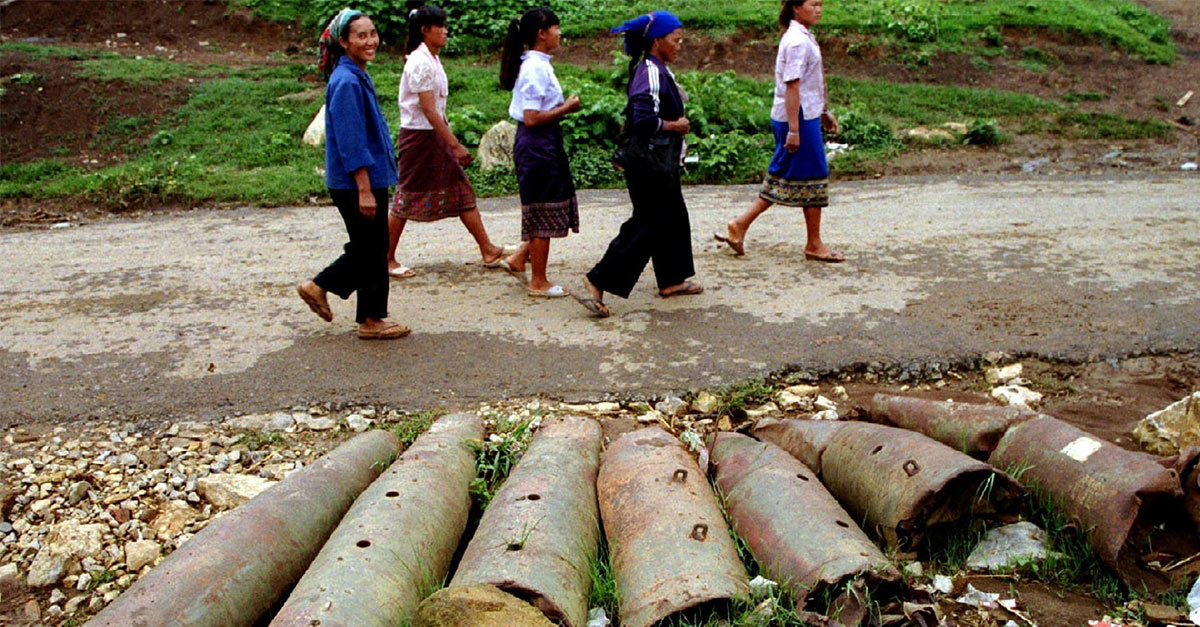Thousands of people in the southern province of Attapeu, whose homes were swept away flash floods following the collapse of an auxiliary dam of the Xepian Xenamnoy Hydropower Project in Laos several weeks ago, are seeking shelter in areas known to be contaminated by unexploded ordnance (UXO), experts say, as mud and flood water obstruct aid efforts.
The United Nations said that Attapeu is exceptionally contaminated by UXOs with almost 320 hectares in Sanamxay district (the site hardest hit by flooding), where people are sheltering in camps that are designated as “confirmed hazardous areas”.
It had been reported earlier this week that 34 people were confirmed dead, 97 missing and 6,000 had been evacuated so far.
“There’s a real danger that explosive items on or in the ground will have moved,” said Blossum Gilmour, Lao Country Director for Mines Advisory Group (MAG), a British NGO that assists people affected by landmines.
“Areas which have been cleared of bombs may need re-clearing … But also, as people are evacuated from their homes, they may be relocated to places which have not yet been cleared.”
Laos is the most heavily bombed country per capita in the world as a result of a secret bombing campaign by the United States during the Vietnam conflict several decades ago.
Much of Laos is still littered with UXOs, despite decades of clearance efforts, with about 300 new casualties each year, many of them children, MAG says.
Laos was hit by a tropical storm on July 18 and 19, which caused flooding in parts of 13 provinces, including Attapeu, the United Nations said. As floodwaters rose, a saddle dam that was part of Laos’ $1.2 billion Xe-Pian Xe-Namnoy hydropower project collapsed, sending torrents of water crashing into neighboring villages.
The U.N. said three camps “remain largely inaccessible” and that aid officials are in discussion with the military about using its helicopters to provide “last mile delivery” of relief items, including food.
With seasonal rains continuing until September and water levels rising in the Mekong River and its tributaries, “flooding across the country may spread further,” the U.N. said.



